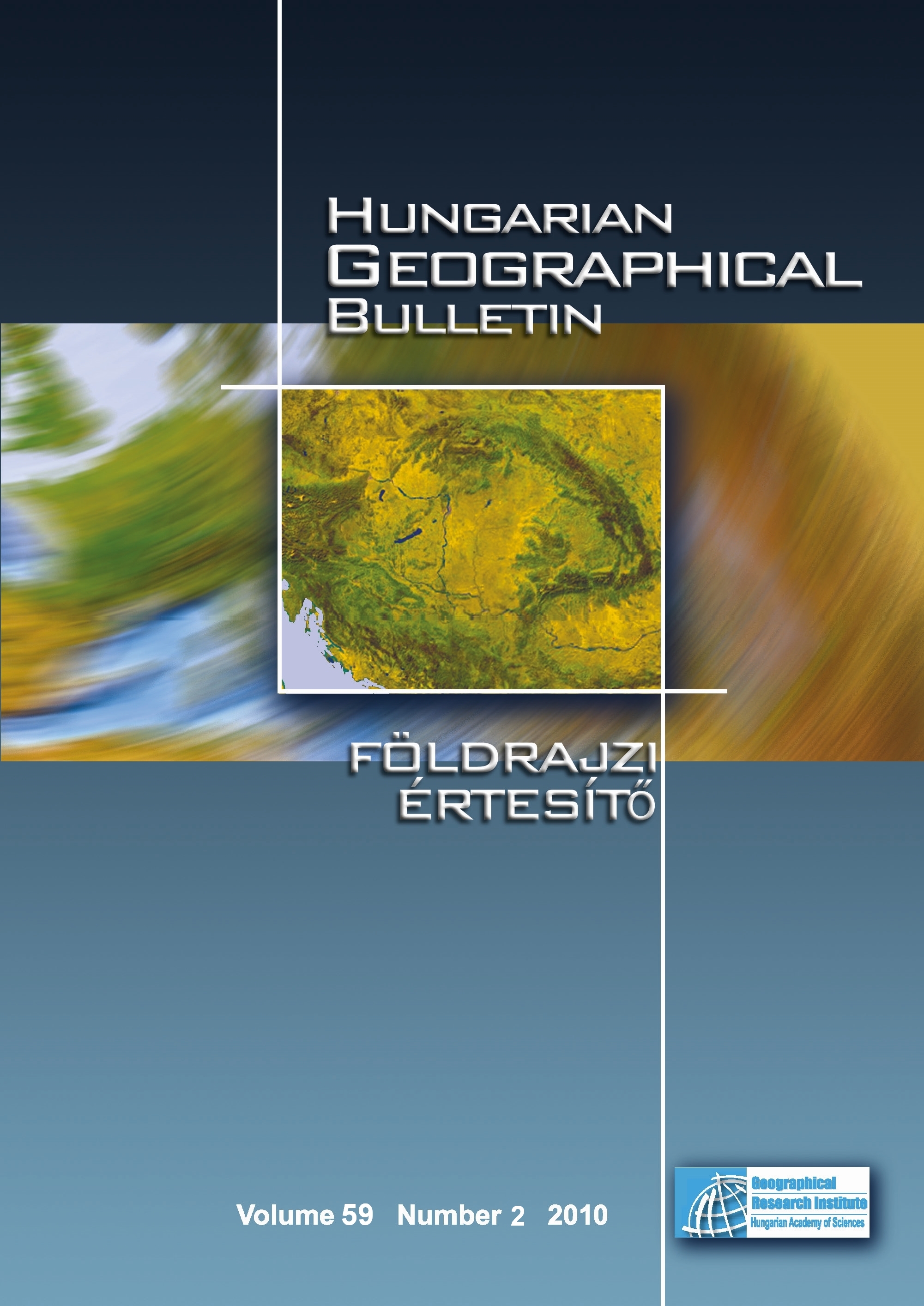The role of conservation agriculture in landscape protection
Abstract
Because of population growth the global demand for food is rapidly increasing. As a consequence of this agriculture is expanding and becoming more intensive. Agricultural land use has the highest share among land use categories in the world therefore it is very important that farming activities are sustainable for the landscape and environment friendly. The aim of this paper is to present the positive role of conservation agriculture in landscape protection on the example of the results of the SOWAP (Soil and Surface Water Protection) project, supported by EU LIFE and Syngenta. Within the framework of the project tillage plots were established at two locations in Hungary, near Lake Balaton on Luvisol and Cambisol soils. The experimental program included soil erosion, biodiversity, soil microbiology measurements and agronomic traits. Runoff from the conservation tillage treatments was reduced by 66.8%, soil loss by 98.3%, TOC loss by 94.1%, nitrogen loss by 86.8%, phosphorus loss by 95.6% and potassium loss by 78.8% relative to values measured on the conventional plots. Soil moisture conditions have improved in the upper 20 cm under conservation tillage. Rainfall simulation experiments indicate the protection of plant residues resulting in the reduced number and volume of rills under conservation tillage. Yields of winter wheat, winter oilseed rape, sugar beet and maize were similar from plowed fields and conservation-tilled fields. There was a considerable improvement of biodiversity conditions on the conservation plots. The results of the SOWAP project give a reliable evidence that conservation agriculture is sustainable and it is an adequate tool for landscape protection.
Copyright (c) 2010 Ádám Kertész, Balázs Madarász, Béla Csepinszky, Szabolcs Benke

This work is licensed under a Creative Commons Attribution-NonCommercial-NoDerivatives 4.0 International License.






